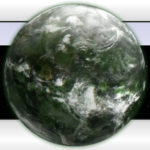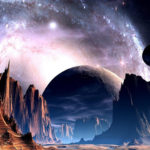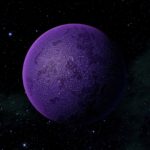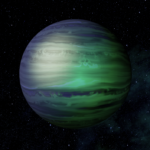These are the worlds that drift between the traditional solar-systems we are more familiar with.
In the ancient past (during the first Golden Age; when the whole of Creation was pleasant, warm, and connected by an interstellar ocean), all these worlds, rogues though they were (or would become; once the worlds and systems spread out, no longer holding/balancing/sustaining them), were temperate and tropical paradises full of abundance and peace.
–
Planemo Group (“Rogues”), Class R:
- orbit: not gravitationally bound to any star, depths of interstellar space.
- Some formed naturally without a star,
- others gravitationally ejected from their home systems,
- some routinely traded between ejecting/collapsing/destabilizing systems. When teleportation and worm-holes are not options to relocate planets and stars, often sentient civilizations opt to make their planet habitable during long-term, slower transit/migration to available orbit brackets in compatible star systems.
–
Sub-types:
Hauhetean
- primary atmospheres: hydrogen and helium,
- mass: not great enough to maintain an internal geology.
Nyxian
- Mass: not enough to retain primary hydrogen-helium atmospheres.
- Atmos’: slips away
- Some have a secondary atmosphere formed by volcanic out-gassing, if they are massive enough to maintain such activity.
Stevensonian
- atmosphere dense traps heat from internal geological activity, which creates pockets of habitability on the surface.
- Some are heated to an extent that entire surface may be habitable. –Summer is based on volcanic-seasons/activity (when there is no tilt, wobble, or elliptical orbit)and the science of stimulating and regulating volcanoes is at artisan levels.
Kauketean
- Atmosphere: dense enough to create scorching surface conditions through trapped geothermal heat.
- Mass: < Odyssian.
Odyssian
- massive hydrogen-helium envelopes
- rogue gas giants.
–




